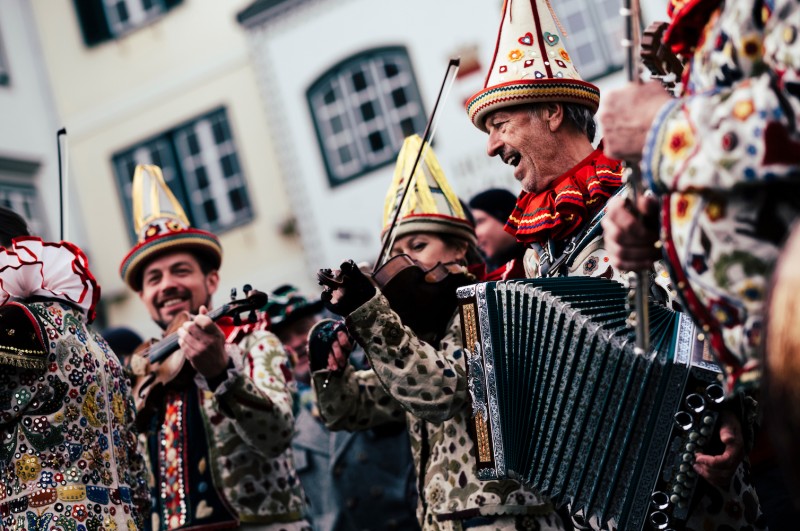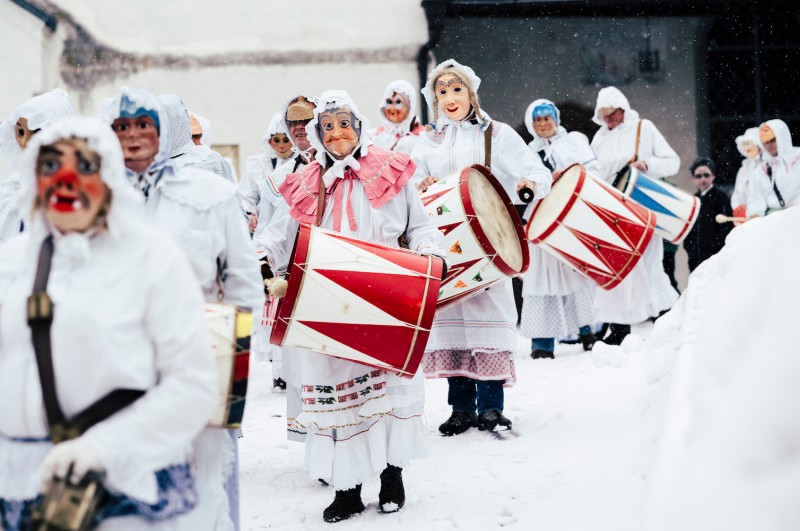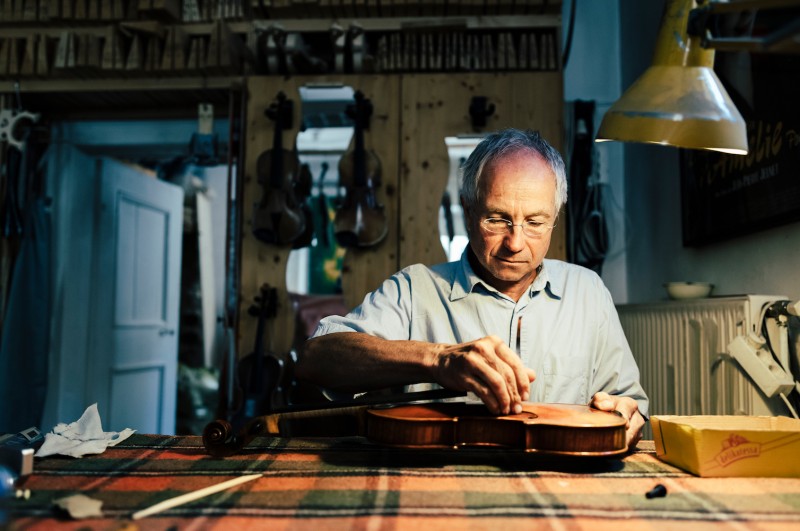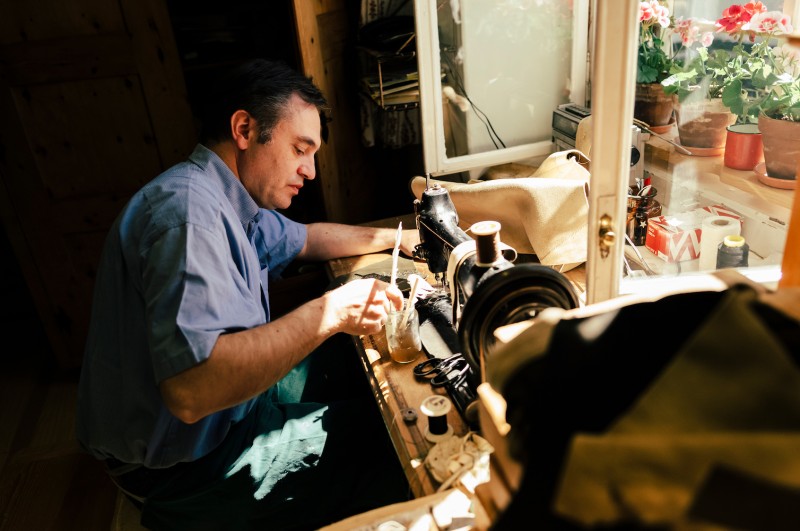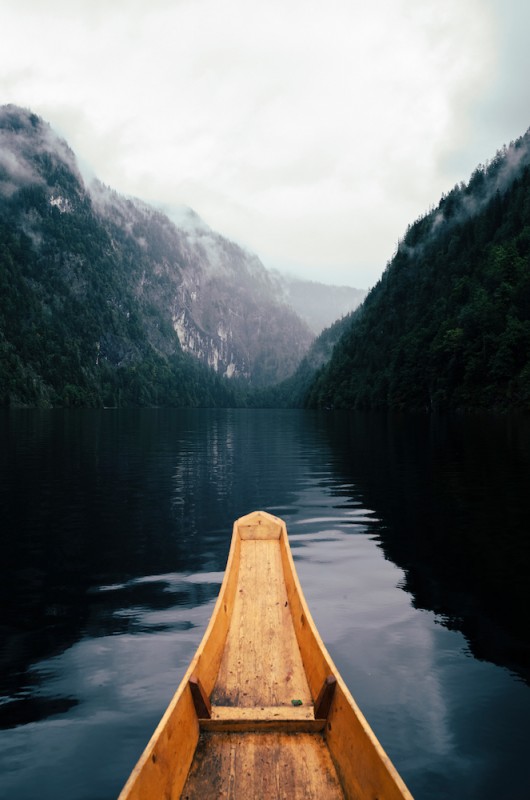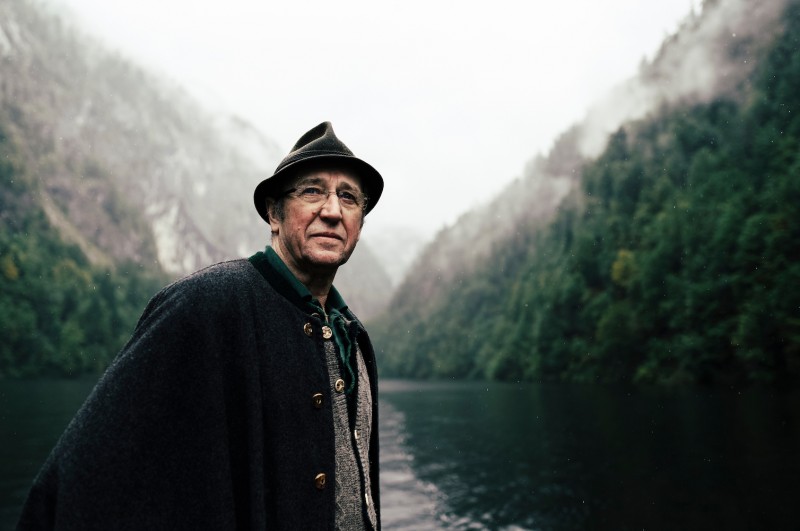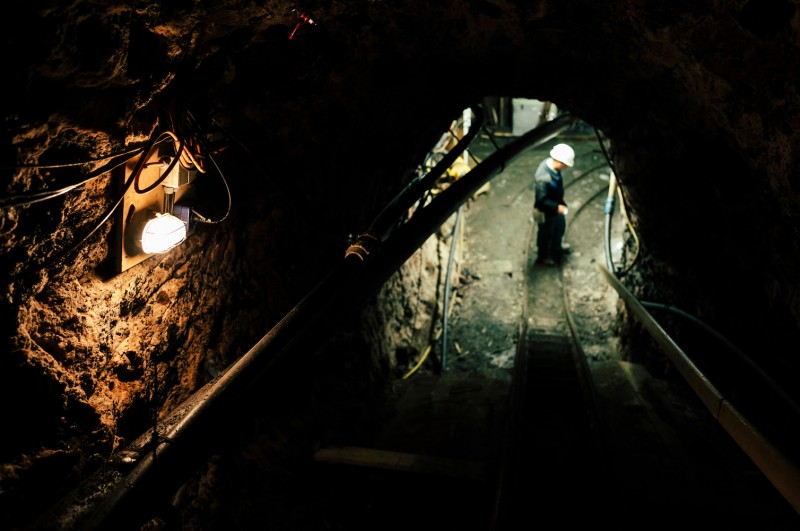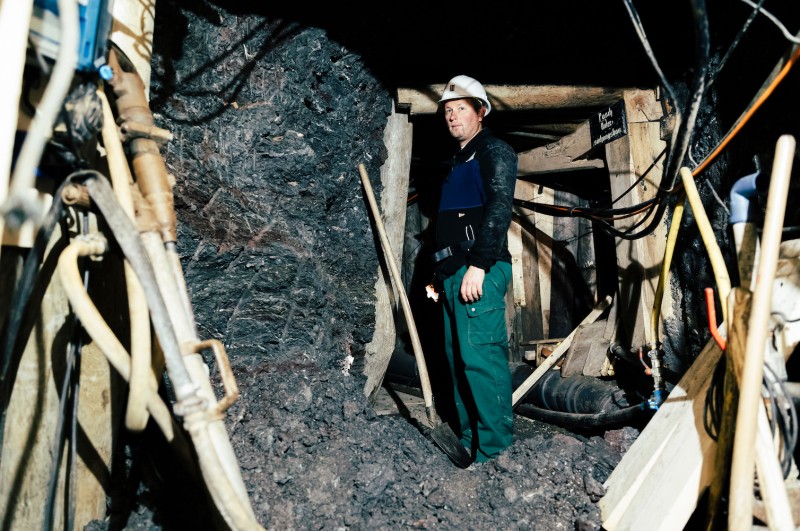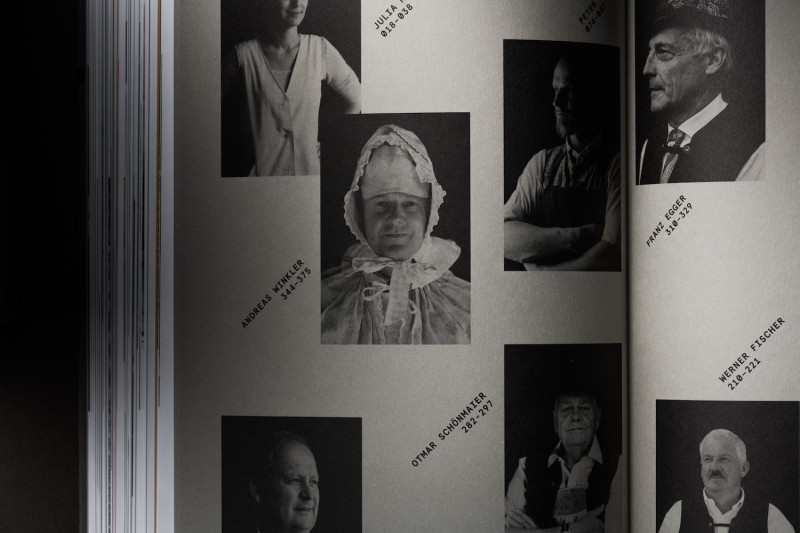Zeitlos in Bewegung
Zeitlos in Bewegung
Armin Walcher
July 19, 2018
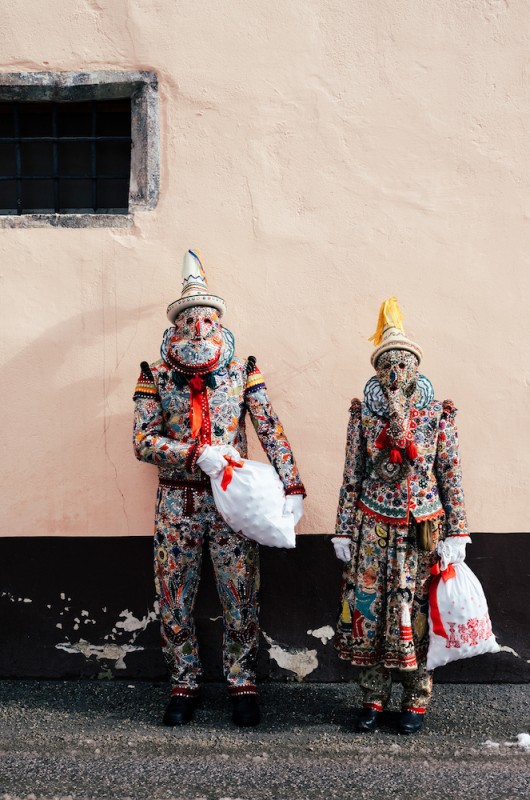
Armin Walcher: I had been wanting to work on a long-term project for a long time. In addition, as a photographer I’m interested in people, what makes them tick, and what they have to say. The Ausseerland region, with its inhabitants, is the perfect place to search for all this. Sometimes the best stories are found not too far away; you just have to find them – as it was in this case. I’ve known the region and its people since I was small. It’s special in a positive sense. I wanted to find out why that’s so.
What do you want to draw attention to with your pictures? What emotions do you hope to provoke?
I want to draw attention to what is really important: speaking to one another, listening, being able to give in, remaining curious, preserving the old, yet being open for the new. Going through life with self-confidence and openness. The pictures should stimulate the imagination and get people thinking. The book should help people slow down and ponder on the things in life that get increasingly neglected. Furthermore, it aims to draw attention to how traditions are lived – without kitsch and clichés. Tradition and identity are things that we should each carry in our hearts. They should be seen as a cultural asset.
There are a diversity of protagonists in your book. How did you research this subject and how did you find those protagonists?
In total 30 stories were produced, even though at the beginning only around six were planned. The path opened up as I began to work. New input came from the many conversations, and further people were added. It was necessary to remain flexible the whole time. I already had an idea of how the final result would look in my mind. Thanks to the creativity and interaction with fellow human beings, I found a perfect and exciting mixture. You have to approach people and remain curious, without prejudice or thinking about possible usage. This allows you to constantly find new and interesting stories and people, up until the point when everything comes around full circle and the story is complete.
How did you perceive all these people; how did they define their feelings of identity?
When you yourself have an open and uncomplicated approach, people also open up in the same way. You have to feel your way and then people find the way to each other. The feeling of identity is defined by each person, and is passed on through the generations. This probably results in a healthy self-confidence. When you have a sense of identity, is it still even necessary to ask yourself what identity is?
With over 500 pages, your book is a very ambitious project. What was the time span from the initial idea up to the moment of printing?
It took exactly one year from the first idea to the moment of printing. When I look back on the process now, it’s in fact crazy how quickly the book came out. With such an enormous project, that came about with no financial means, no one commissioning it, and without restrictions, it was a considerable amount of work to pull it off. We had a team that pulled together without financial incentive; a team that is creative and wants to bring a piece of work onto the market that they can all be proud of in 20, 30 or 40 years time. The 500 pages resulted from the fact that we put no restrictions. Without any discussion, every story was to get its due space. It was supposed to be a book where nothing was cut out. I was always convinced by the idea, and I never let myself be dissuaded, even when it wasn’t always easy to convince others about it. Working with complete freedom, implementing the ideas as one wants to, and then being able to present them as we now see them in the book, was one of the loveliest feelings I’ve ever had.
The photos were taken with a Leica S. What was your reason for choosing a medium format camera?
The book reveals a decelerated type of photography, where quality is of the first order. The camera is robust and conveys a wonderful feeling. In addition, the picture quality is outstanding and the optics are grandiose. It was a joy to use this camera. Throughout the project, the camera was pushed to the max; even so, you could always depend on it, which was a decisive point as far as I’m concerned. This was particularly the case when working with natural light under the toughest of conditions – which was one of the basic prerequisites in the case of this book.
Armin Walcher+-
Born in Schladming in 1987, Walcher’s initial path was in the direction of sports. However, he had to end his career as an Alpine ski racer because of injury, though his windsurfing talent continued to take him out into the world. After graduating from the Schladming Ski Academy, Walcher found himself frequently in front of the camera, though he quickly changed to standing behind the lens. His father’s passion for photographer had already been passed on to him as a child. The young Styrian grew more serious about his hobby, which resulted in his first assignment: this quickly led to Walcher becoming one of Austria’s most successful photographers.
Website
Instagram
Book website More

